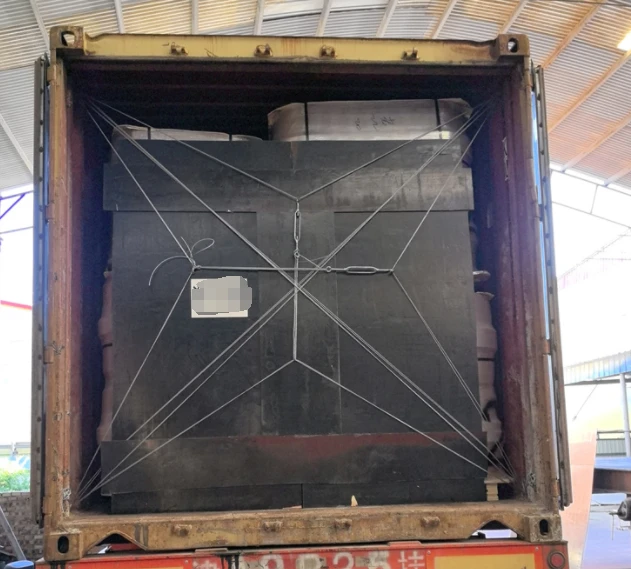Dec . 25, 2024 10:15 Back to list
Techniques for Precision Cutting of Brake Drums in Automotive Repair
Understanding Brake Drum Cutting A Comprehensive Guide
Brake drum cutting is an essential process in automotive maintenance and repair that focuses on restoring the functionality and safety of braking systems in vehicles. Brake drums, part of the drum brake assembly, are critical components that house the brake shoes. Over time, due to wear, heat, and various driving conditions, these drums can become warped or uneven, leading to diminished braking performance. This article delves into the significance of brake drum cutting, the process involved, and the considerations for vehicle owners.
The Importance of Brake Drum Maintenance
Brake drums play a vital role in the overall safety of a vehicle. As the driver applies the brakes, the brake shoes expand against the inner surface of the drum, creating friction that slows down or stops the vehicle. If the drum’s surface becomes uneven, it can lead to several problems, including
1. Increased Stopping Distance An uneven surface can decrease the amount of contact between the shoes and the drum, resulting in longer stopping distances.
2. Vibration and Noise Worn or warped drums can cause vibrations during braking and produce unpleasant noises, which can indicate an underlying issue with the braking system.
3. Premature Wear If the brake drum is not properly maintained, it can lead to quicker wear on the brake shoes and other related components, resulting in costly repairs.
4. Brake Failure In severe cases, neglecting drum maintenance can lead to complete brake failure, posing a serious risk to drivers and passengers.
The Brake Drum Cutting Process
Brake drum cutting, often referred to as machining, is a procedure performed to restore the drum's surface to an even and smooth finish. This process typically involves the following steps
brake drum cutting

1. Inspection Before cutting, a thorough inspection of the brake drums is conducted to assess their condition. This includes checking for cracks, excessive wear, and overall integrity.
2. Removal The brake drums are removed from the vehicle, requiring the mechanic to disassemble the brake components carefully.
3. Machining Using a specialized lathe, the inner surface of the drum is machined to ensure it is smooth and evenly aligned. This process reduces the diameter of the drum slightly, allowing it to regain its proper shape and functionality.
4. Reinstallation Once the drums are cut, they are reinstalled along with new brake shoes if necessary. A final adjustment of the brake system is performed to ensure optimal performance.
5. Testing After reinstallation, a thorough test drive is essential to ensure that the brakes function correctly and safely.
When to Consider Drum Cutting
It's recommended that vehicle owners consider brake drum cutting when
- They experience unusual vibrations while braking. - They notice a decrease in braking effectiveness. - They are performing routine maintenance and find that the drums are worn. - The brake shoes have been replaced, making it necessary to resurface the drums to ensure proper contact.
Conclusion
In conclusion, brake drum cutting is a crucial aspect of vehicle maintenance that cannot be overlooked. Regular inspections and timely interventions can significantly enhance brake performance, ensure safety on the road, and extend the lifespan of braking components. Vehicle owners should consult with qualified automotive professionals to determine the best course of action for their brake systems. Investing in the maintenance of brake drums not only promotes safer driving but also contributes to the overall efficiency and reliability of a vehicle. Remember, when it comes to brakes, prevention is always better than a cure.
-
Iveco Brake Drum | Premium OE Quality for Daily & Eurocargo
NewsAug.22,2025
-
Your Brake Drum Man: Quality & Performance Parts
NewsAug.21,2025
-
Explore Japan: Ultimate Travel Guide & Authentic Experiences
NewsAug.19,2025
-
Your Brake Drum Man: Premium & Reliable Brake Drums for Sale
NewsAug.18,2025
-
ROR Web Development: Build Fast, Scalable, Secure Apps
NewsAug.17,2025
-
Scania Brake Drums: OEM Quality for Optimal Safety & Durability
NewsAug.16,2025
